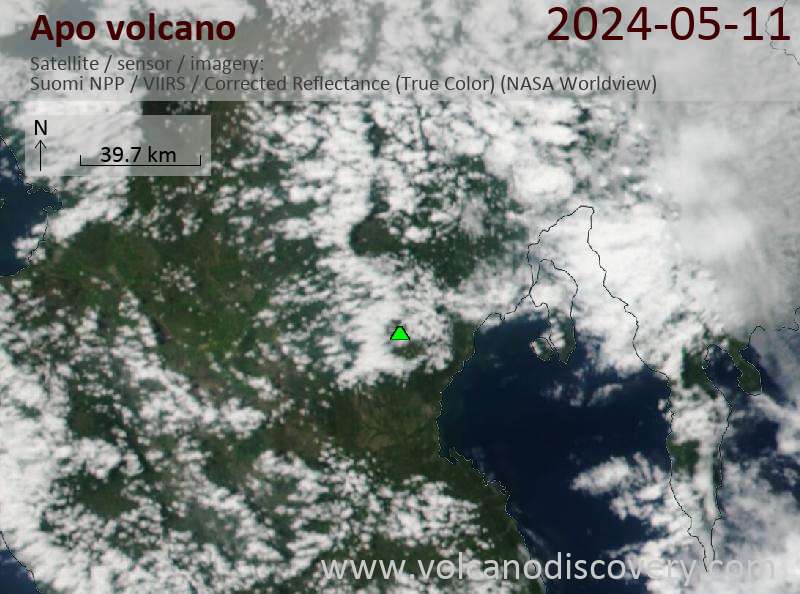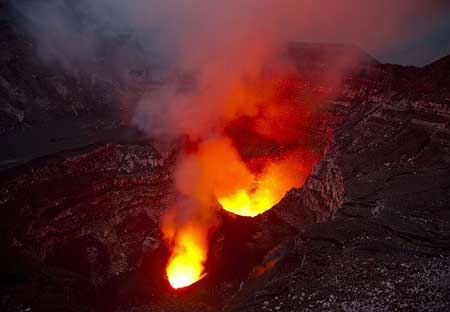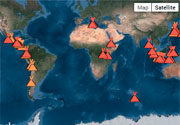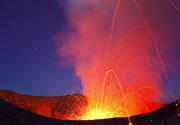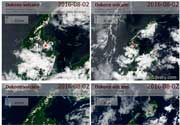Apo Volcano
Updated: 19 apr. 2024 15:10 GMT -
stratovolcano 2938 m / 9,639 ft
Mindanao, Philippines, 6.99°N / 125.27°E
Current status: normal or dormant (1 out of 5)
Mindanao, Philippines, 6.99°N / 125.27°E
Current status: normal or dormant (1 out of 5)
Apo volcano is the highest mountain in the Philippines, and its name means "Master" or "Grandfather". There are no known historic eruptions, but the volcano is considered still active.
[smaller] [larger]
Eruzioni del vulcano Apo: unknown
Latest nearby earthquakes
| Data / ora | Mag. / Prof. | Distanza / Ubicazione | |||
Background
Apo volcano is an a basaltic to basaltic-andesitic stratovolcano and part of the Central Mindanao Arc, but its volcanic history is poorly known. The densely forested volcano has a flat summit with 3 peaks, the highest of which in the SW is known as Davao volcano and has a 500 m wide crater with a small lake.The youngest crater is located on the northern peak. Several fumaroles and sulfur deposits occur on the volcano, most notably fumaroles along a fissure on the SE side down to 2400 m elevation.
The Mt. Apo Geothermal Field is a 8.4 km2 geothermal exploration field near Mt Apo, which has been being exploited since October 1996.
Apo Volcano Photos
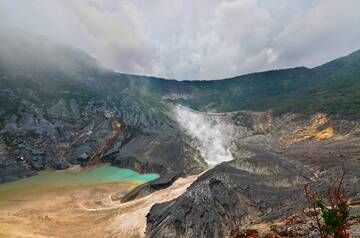
Kawah Ratu - Mt. Tangkuban Perahu, West Java, Indonesia
Mt. Tangkuban Perahu è il vulcano più famoso di Bandung a soli 28 km a nord della città. Questo vulcano h...
Mt. Tangkuban Perahu è il vulcano più famoso di Bandung a soli 28 km a nord della città. Questo vulcano h...
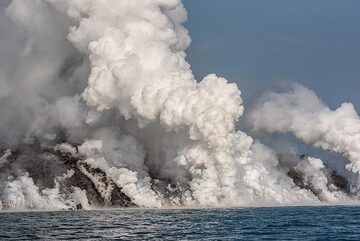
Un getto verticale quando il vapore acqueo surriscaldato si condensa in vapore fluttuante. (Photo: Tom Pfeiffer)
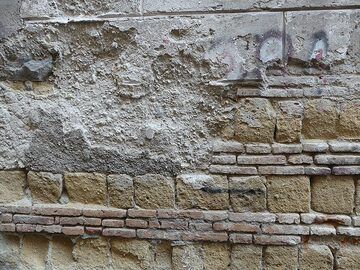
Sotto la facciata degli edifici tradizionali napoletani si riconoscono i ca. Tufo giallo napoletano di 15.000 anni e mattoni di argilla: gli stessi identici materiali da ...
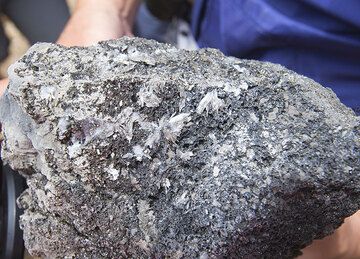
Depositi di anidrite (gesso) si trovano come evaporiti sulla riva del lago Okama (vulcano Zao, Giappone). (Photo: Tom Pfeiffer)





